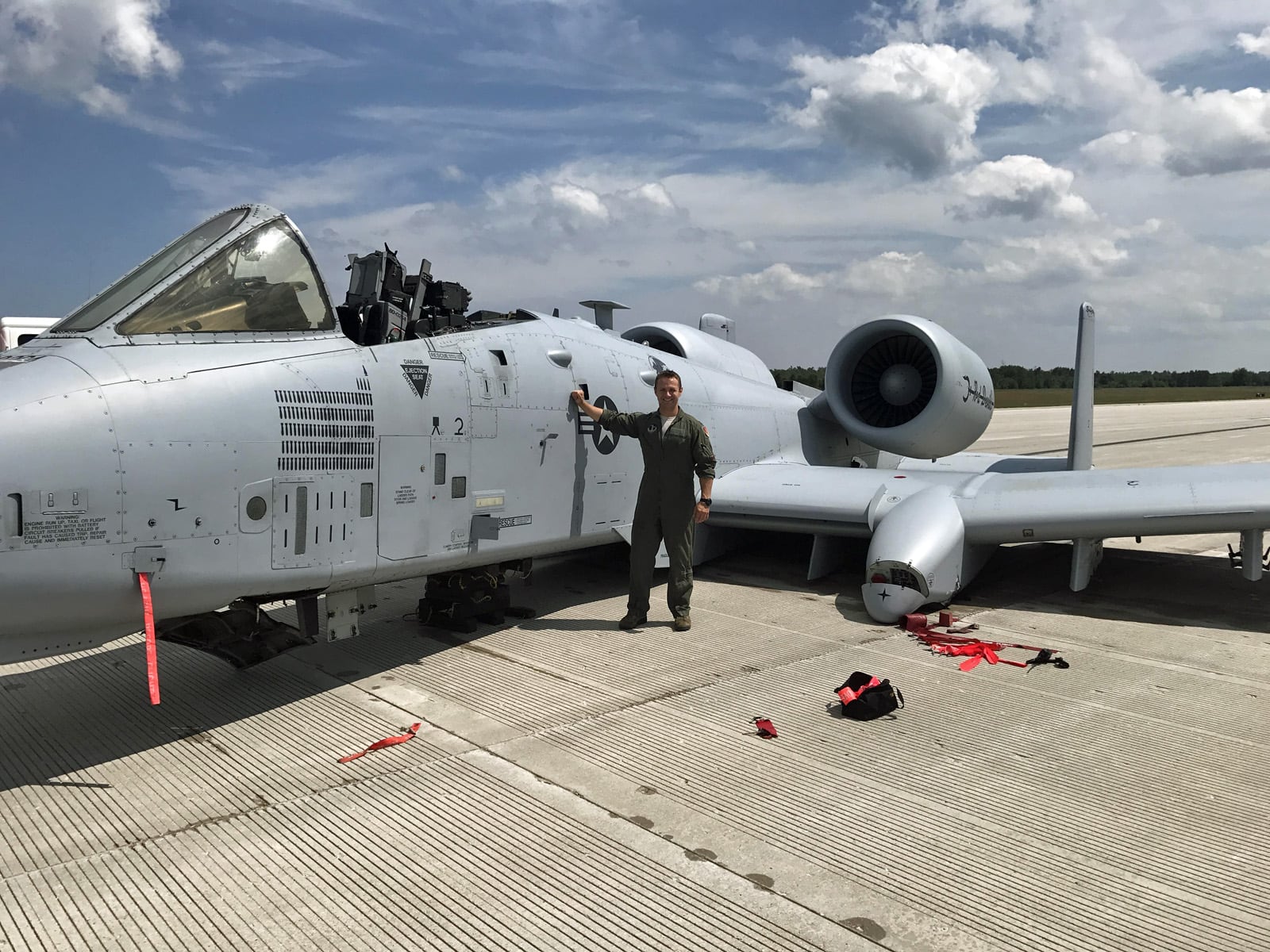Two A-10C Thunderbolt IIs crashed in September due to pilot error, an Air Force Aircraft Accident Investigation Board has determined.
The board’s president found that the midair collision was caused by “an unintentional failure to adhere to established altitude deconfliction procedures.”
Other “contributing factors include task over-saturation, misperception of changing environment, breakdown in visual scan, and environmental conditions affecting vision,” the report reads.
RELATED

The midair collision occurred during a night mission on Sept. 6, between two A-10s assigned to the 66th Weapons Squadron, 57th Wing, Nellis Air Force Base, Nevada. The collision rendered both aircraft uncontrollable, and both pilots ejected, landed safely and were recovered with only minor injuries.
Both aircraft were destroyed when they impacted on the Nevada Test and Training Range, 55 miles northwest of Nellis.
This resulted in the loss of more than $30 million in aircraft and an environmental clean-up cost of $108,000, the report reads.

The crewmembers had been conducting close air support as part of the Weapons Instructor Course for one of the pilots. That pilot said he would maintain an altitude below 10,000 feet Mean Sea Level, while the other pilot would maintain the block of airspace between 11,000 and 12,000 feet.
The investigation into the incident found that both pilots arrived at their aircraft with all the appropriate equipment, including night vision goggles.
As the sortie progressed, however, increased radio communications, coordination with other participants, and tasks related to weapons delivery diverted the first pilot’s time and attention away from effectively crosschecking his aircraft’s altitude.
The pilot stated in the report that he didn’t hear an audible notification indicating his aircraft had climbed above the directed altitude and into the buffer zone established to separate the two A-10s.
Between 7:28 p.m. and 7:43 p.m., the pilot progressively climbed 1,400 feet above his prescribed altitude. While making final preparations to strike a target on the range, the pilots were unaware they were occupying the same altitude of roughly 11,400 feet, and collided.

The report’s opinion summary was written by Air Force Col. Bruce Munger, president of the Aircraft Accident Investigation Board. Munger wrote that a contributing factor to the incident was the breakdown of the pilot’s visual scanning procedures.
“The amount of time or attention spent performing a visual scan of aircraft instruments was not sufficient and did not allow [the pilot] to identify that an altitude deviation had occurred,” Munger wrote.
Over-reliance on audible notification, as well as high task loading during the training scenario, likely caused the pilot to spend less time focusing on the instruments in his cockpit that could have helped him avoid the collision, according to Munger’s opinion summary.
Kyle Rempfer was an editor and reporter who has covered combat operations, criminal cases, foreign military assistance and training accidents. Before entering journalism, Kyle served in U.S. Air Force Special Tactics and deployed in 2014 to Paktika Province, Afghanistan, and Baghdad, Iraq.





